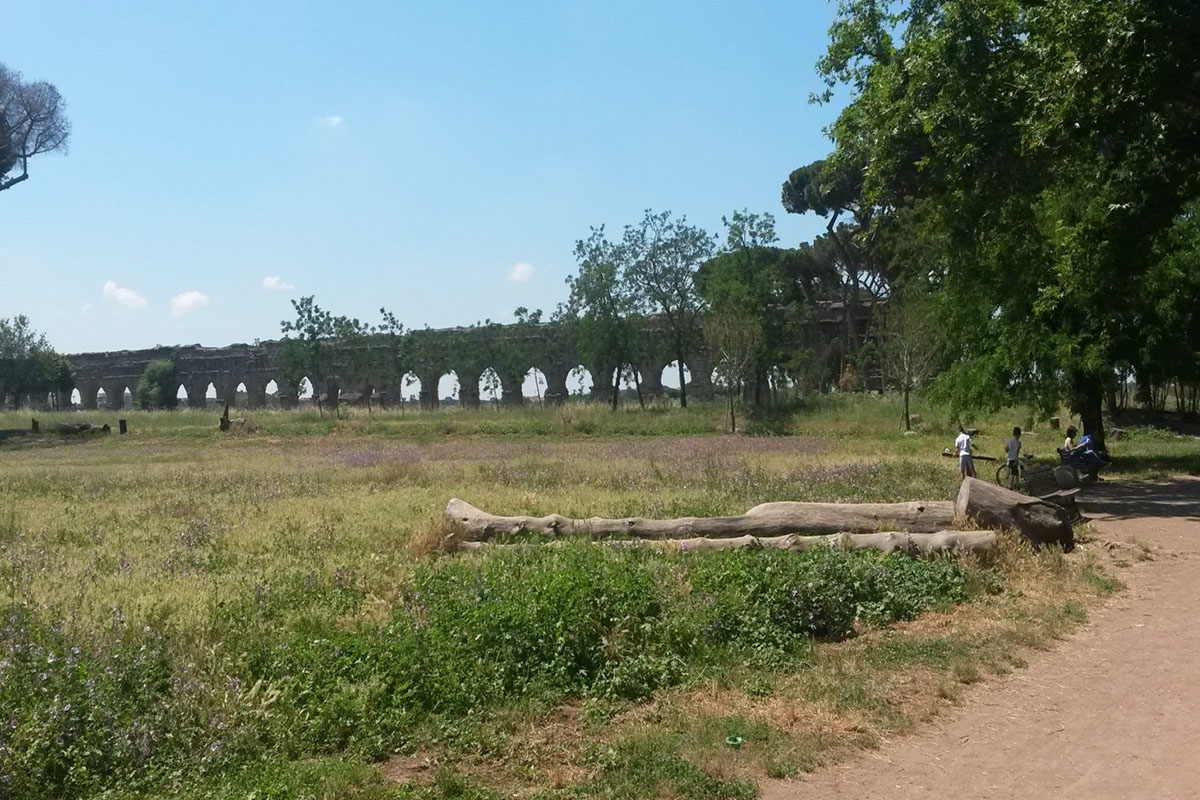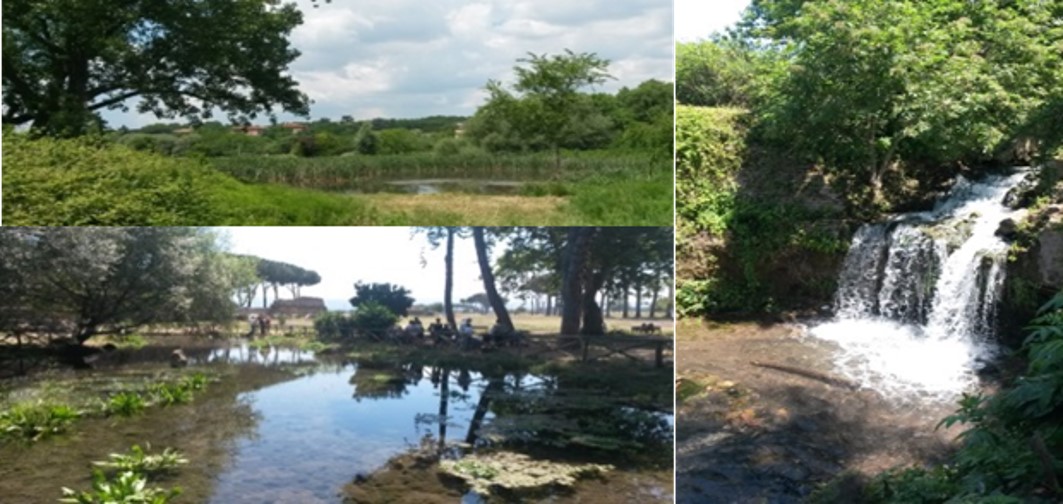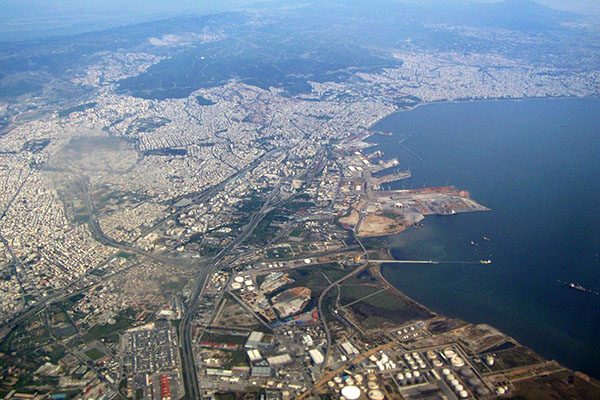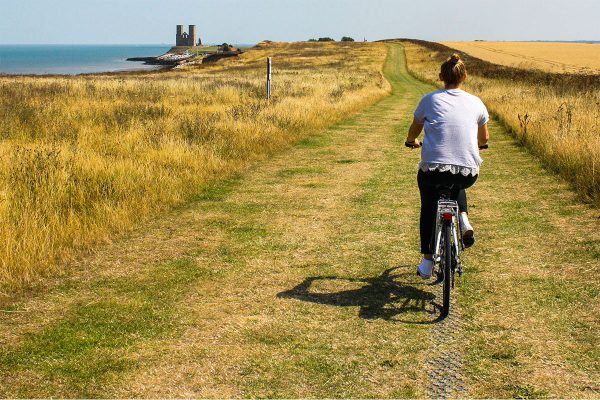Introduction
The Appia Antica regional park is a major hub for recreational activities in Rome, Italy.
It is home to both natural and artificial aquatic ecosystems, including streams, springs and wetlands. The park serves as a habitat corridor for numerous animal species, as a reservoir of biodiversity, and also preserves part of the historical Roman countryside. Two areas in the park were chosen for this research due to their proximity to blue spaces and the high numbers of visitors: Laghetto della Caffarella and Parco degli Acquedotti.
In this project, researchers at the Istituto Superiore di Sanità (ISS) carried out three research activities:
- Engaging with park visitors to understand their awareness of benefits of blue spaces;
- Investigating people’s relationships to the blue spaces, and their health and wellbeing; and
- Applying the BlueHealth Decision Support Tool to access the park’s benefits and risks

Photo taken of Appia Antica Park in Rome.
1. Awareness of blue space benefits
The first research activity used communication tools including workshops, a brochure, and posters at an information point in the park, to improve awareness of visitors and other stakeholders regarding the positive effects of blue space on human health and wellbeing.
Sixty two stakeholders took part in the study including blue space volunteers, park rangers and workers, trekking associations and bike rentals.
All participants were interviewed before and after interactive workshops using the BlueHealth Community-Level Survey (BCLS) questionnaire. The workshops focused on blue and green ecosystem health, positive effects green urban areas on well-being, and alteration of Ecosystem and environmental global changes. After the workshops, there was a small increase in the number of stakeholders visiting the park to perform physical activities and to get psychophysical wellbeing.
2. Relationships to blue spaces
The second research activity focused on the recreational use of blue spaces and their relationship with human health.
Park users were interviewed face to face using the BCLS, in proximity to the park’s two blue spaces. Data were analyzed using univariate and multivariate predictive models.
From a total of 807 interviewed, 568 (70%) visited the park in the last 4 week. People living close to the park were more likely to visit the park than those living further away. Most park visitors stayed, on average, for over an hour (81% of interviewees) and described walking (13% with and 40% without a dog) as their main activity on the site. In addition, dog owners were more likely to go to the park more frequently compared to those who do not own one. Most people were very positive about their most recent visit. They reported that the visit made them feel happy, that they found the visit worthwhile, felt part of nature, and felt that they were able to rest and recover during their visit.

These images demonstrate the park’s range of blue and green spaces.
3. Assessing blue space benefits and risks
This activity used the BlueHealth Decision Support Tool (DST), to assess the risks and benefits of the wild wetland renewal project. This involved the creation of a small pond, pathways and benches at Appia Antica Regional Park to enhance mental and physical activities.
The DST prototype was used to identify potential risks and provide guidance on how the site could be managed to maximize its positive impact on public health. The research aimed to improve the access and use of the water, and the DST provided guidance that helped assess the extent to which the following benefits were present “nature experience“, “sociocultural interaction“, “noise reduction“, “shore activities, “local climate regulation“, and “habitat restoration“.
The DST report indicated that potential positive effects of this project could be the reduction of heat stress thanks to the realization of seating or shelter in shaded areas. The tool also suggested that more accessible open spaces can benefit social interaction and helps to avoid disturbance to users who are sensitive for noise. In terms of ecosystem health, the DST referred to monitoring environmental risks like flooding or fertilizer influx, and auctioning water management practices. The report also referred to the closing of paths and trails to reduce habitat disturbance due to the increase of social activities taking place in vulnerable ecosystems.
Summary
This project demonstrates the effectiveness of research communication activities in promoting the benefits of blue spaces for public health. The results of this research also underline the positive perceptions of blue space effects on mental and physical health of park users.
This research activity also demonstrates how the DST can be used as an innovative tool in a local context to identify potential risks and benefits, providing guidance on how the site could be managed to maximize its positive impact on public health.









